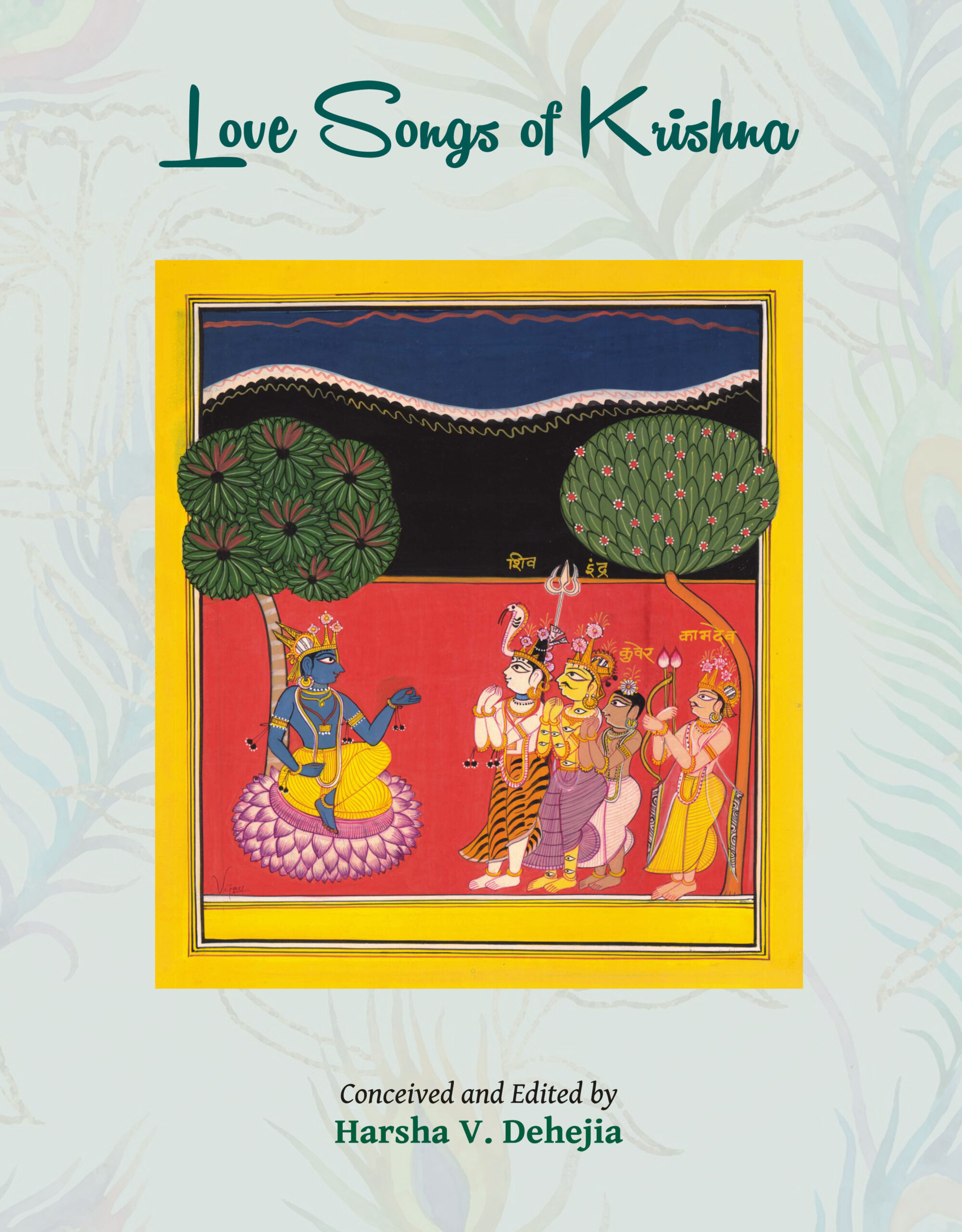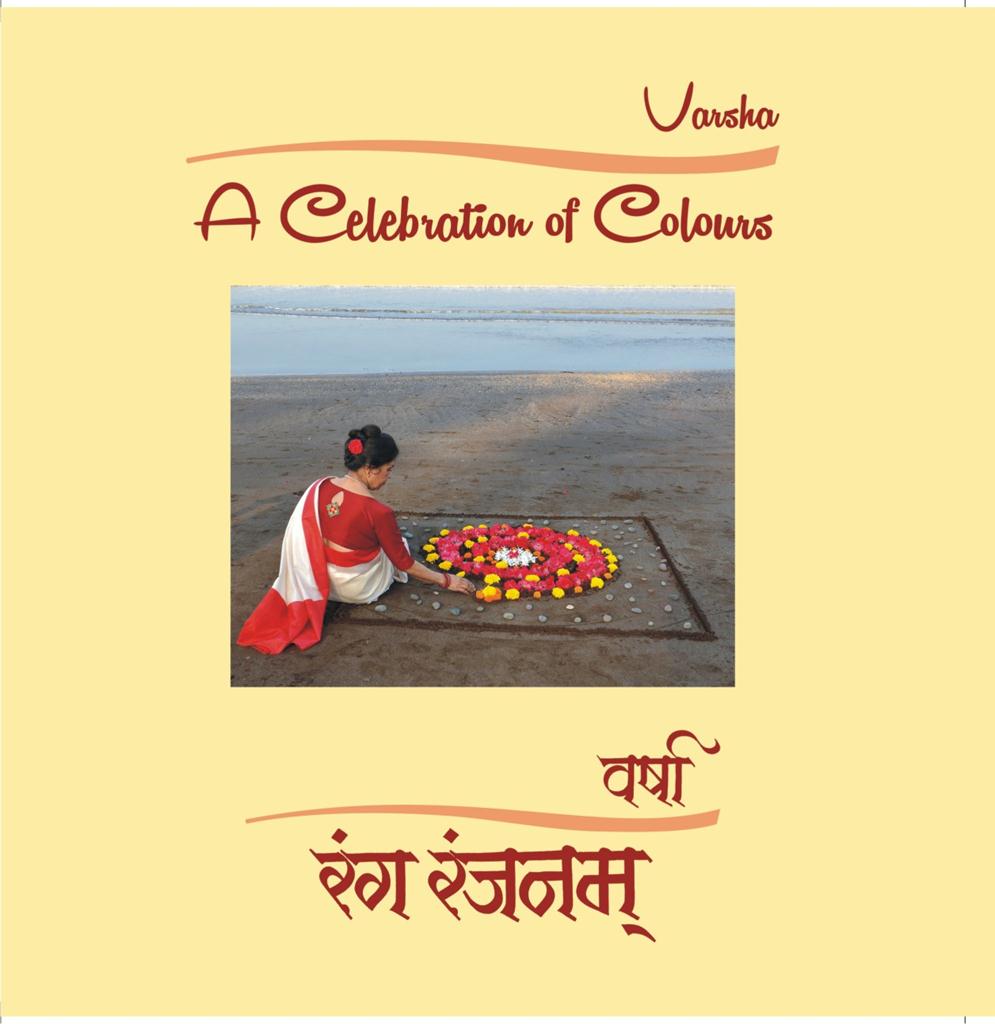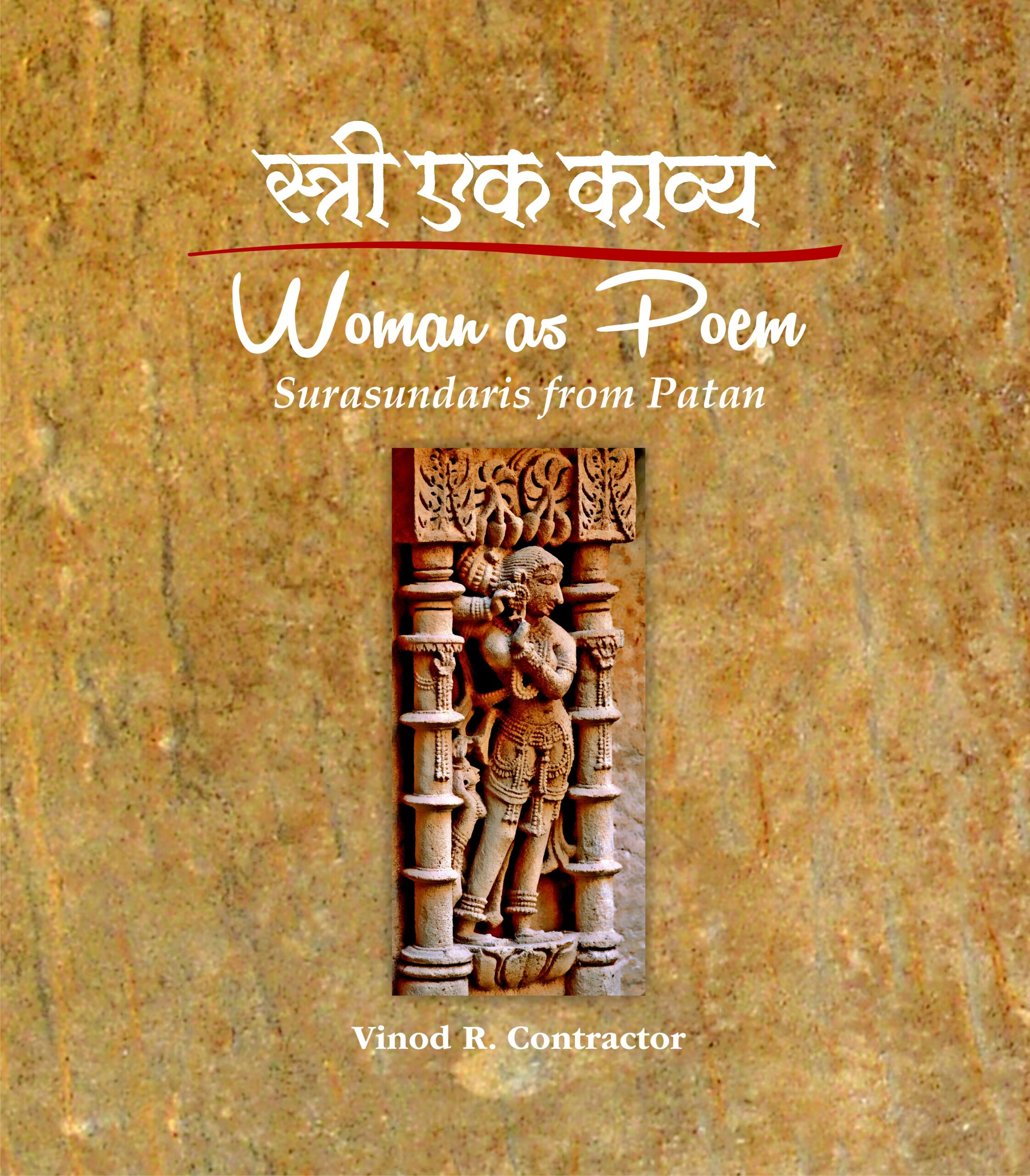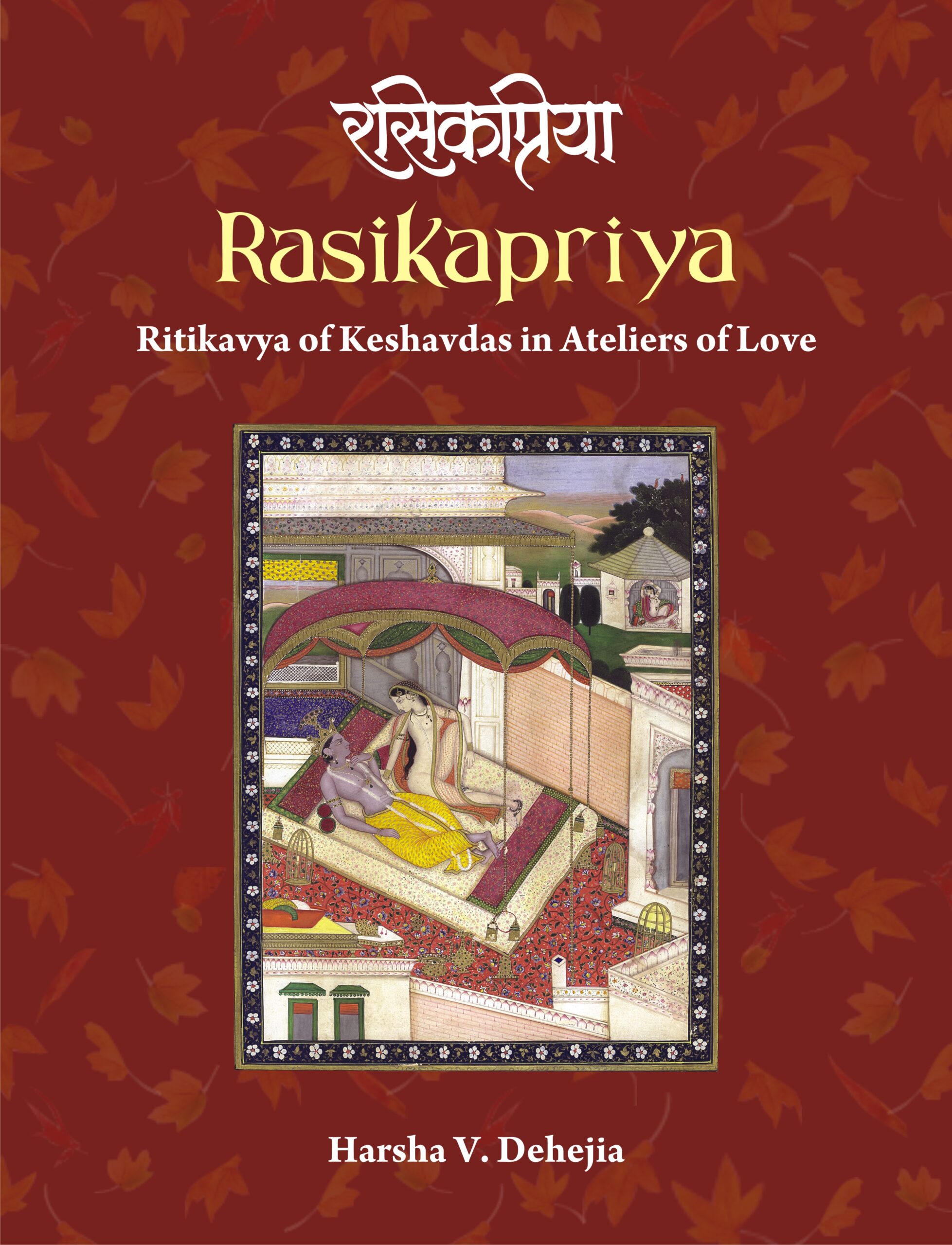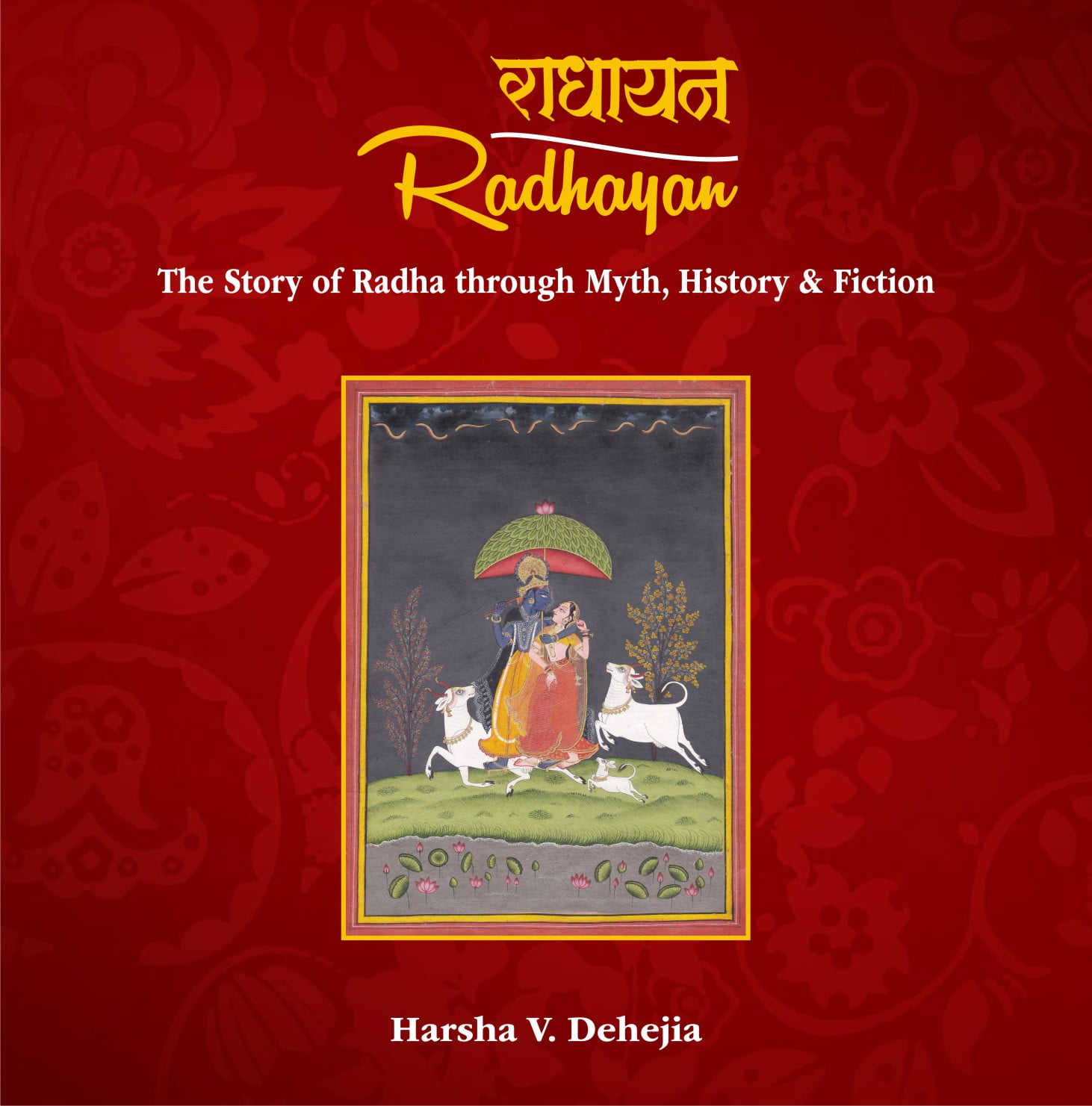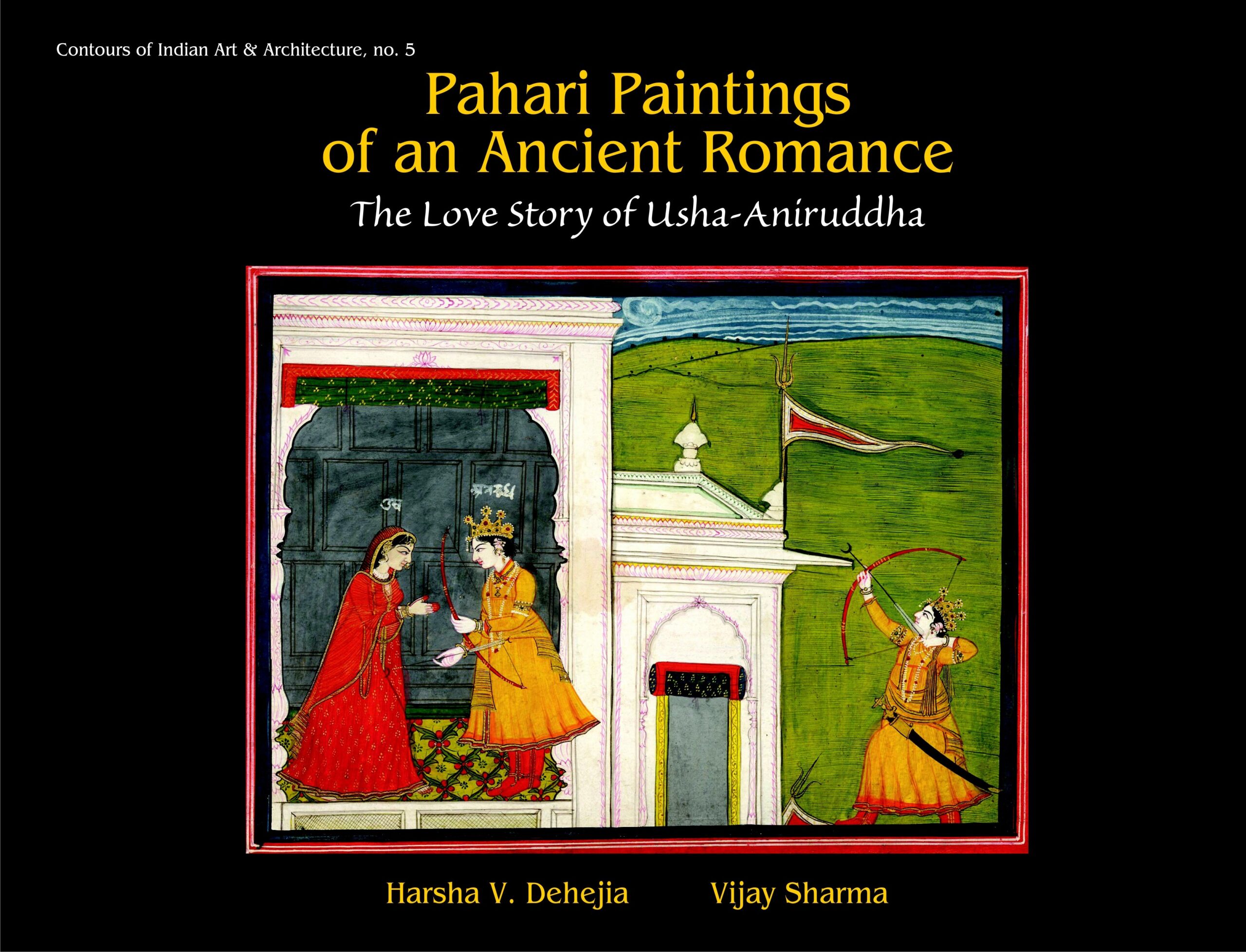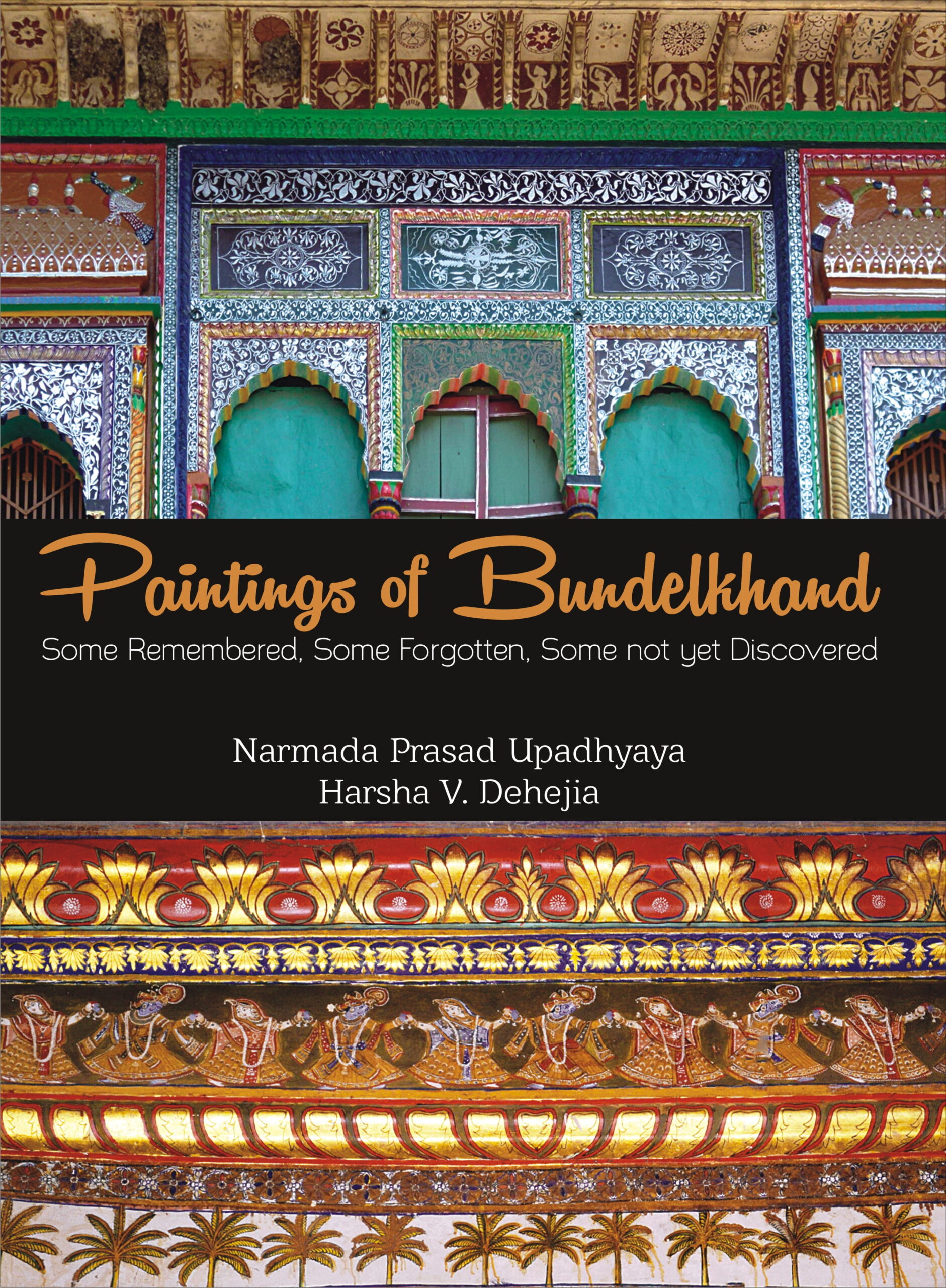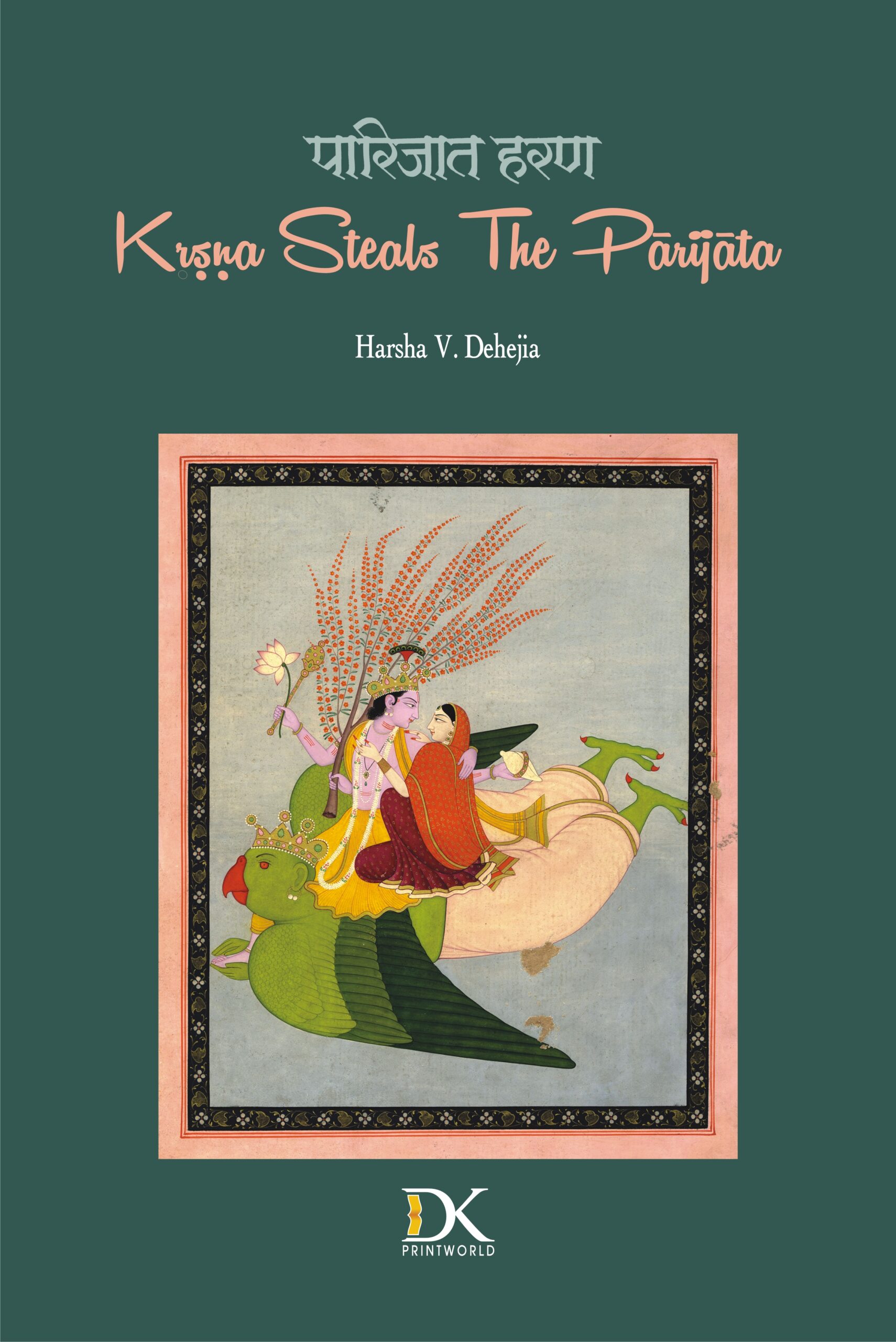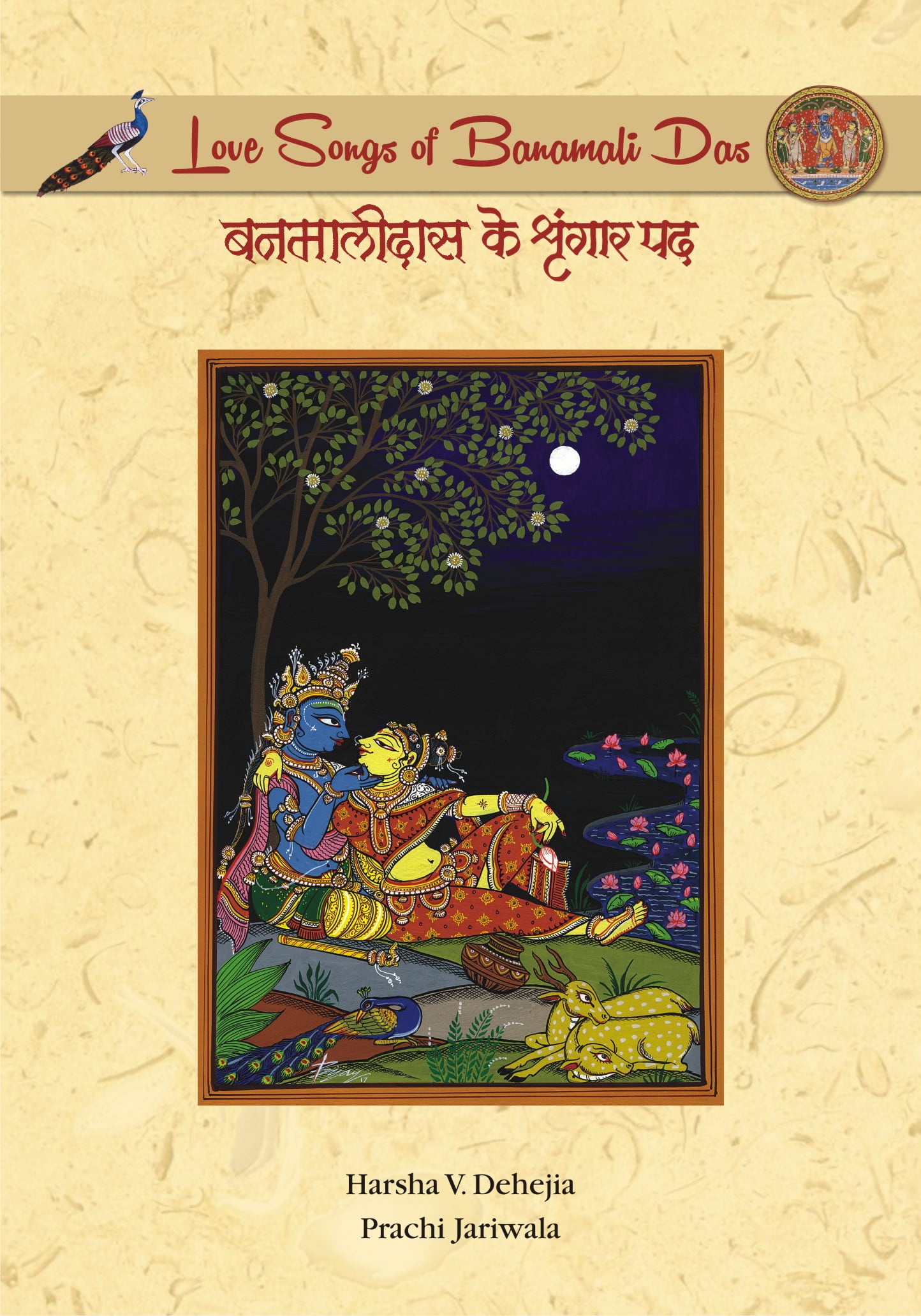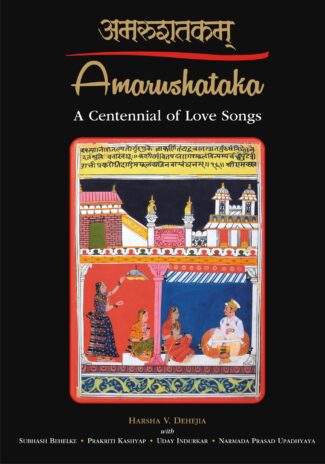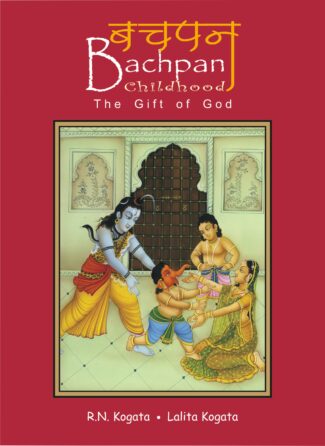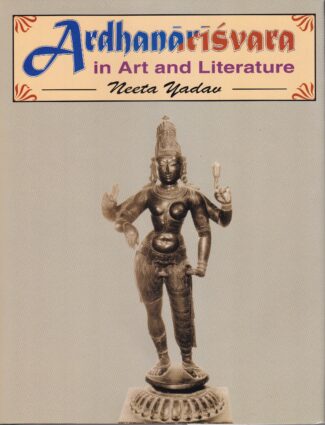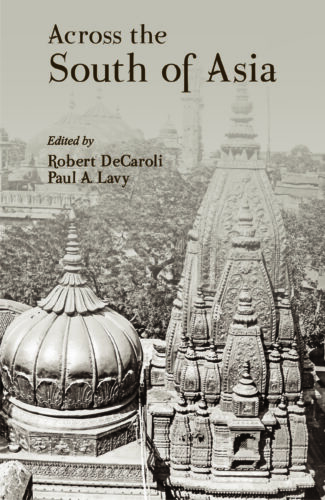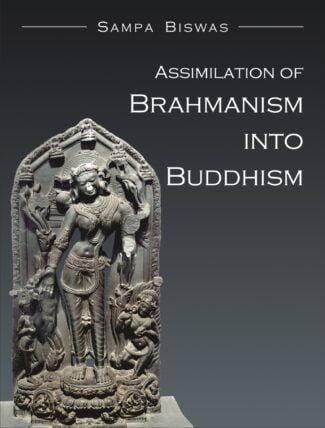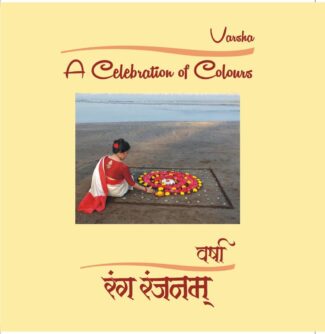

Varsha...
Varsha
A Celebration of Colours by: Harsha V. DehejiaThis volume, through colours, transcends many a cue of the aesthetic aspects of human life into a connoisseur’s mind. Whether on fabric or canvas, mud wall or floor, sculptures or pots, colours for us is a language, a raga and a tala.
₹1,495.00 Original price was: ₹1,495.00.₹1,346.00Current price is: ₹1,346.00.
ISBN: 9788124609699
Year Of Publication: 2019
Edition: 1st
Pages : 140
Language : English
Binding : Hardcover
Publisher: D.K. Printworld Pvt. Ltd.
Size: 21 cm.
Weight: 750
Colours are not just for adornment, but a medium that reflects our state of mind, artistic acumen, culture, ethics, philosophy, social values, tradition and the sacredness of life. A non-verbal language, they conjure up our emotions, feelings and moo ds, and take a rasika far beyond the realms of words. In them we see the lush and luxuriant natural world around us, the world of birds and blossoms, earth and sky, gems and stones, creating in us a certain feeling and a gush of powerful ethos.
The artist in Varsha, through colours, transcends many a cue of the aesthetic aspects of human life into a connoisseurs mind. Whether on fabric or canvas, mud wall or floor, sculptures or pots, colours for us is a language, a raga and a tala. And Celebration of Colours is just that.
Involved with her family, Varsha loves art and craft, whether it is painting, embroidery, working with terracotta and ceramic, jewels and the creation of ornaments, crochet and knitting, stitching and designing clothes, or cooking. Absorbed in the world of colour, she likes to share her moment of beauty with everyone around her and spread joy everywhere.

- Sale!Amarushataka by: Harsha V. Dehejia, Subhash Behelke, Prakriti Kashyap, Uday Indurkar, Narmada Prasad Upadhyaya,
₹3,500.00Original price was: ₹3,500.00.₹3,150.00Current price is: ₹3,150.00.Amarushataka is considered to be one of the finest poetic creations in Sanskrit in ancient India and is a watershed development in the genre of Shringara Rasa. We do not know who the poet Amaru was, but a number of legends abound and it is believed that he lived in the seventh century. In Amarus poetic gems love is not measured but experienced, it is not evaluated socially but felt in the deepest recesses of the mind and heart. He paints the varied moods and nuances of love with words that evoke vivid colours and rhythms that are sonorous with music. Amarushataka basks in a sunlit space, fragrant with the aroma of love, brilliant with the hues of a throbbing heart and within the minute compass of the few lines of a verse we are privy to a whole universe of romance. Amarus lovers inhabit a non-descript space, so that our attention is entirely on them and not on the surroundings. Amarus lovers are driven by desire, devoid of guilt, finding their fulfilment in a passionate embrace or a loving gaze. Using traditional Prakrit romantic idioms Amaru prepares us for the feast both for the eyes and the ears that is to follow, for the muktakas of Amaru create an emotionally charged world, where every nuance of romantic love is explored, where the pangs and pleasures, pathos and poignancy, of amorous dalliances are sensitively portrayed, where neither the restraint of dharma nor the restriction of samsara is allowed to interfere with a glorious celebration of love. Whatever its origins, for 1,300 years this work has retained its reputation in India as one of the foundational collections of poetry. Poets and critics still use its verses as a template against which to consider other poems. Such was the impact of Amarushataka, especially in Malwa of the seventeenth century, that it was transformed into miniature paintings in the evocative Malwa style. The one room chamber with strong monochromatic colours and robust figures marks the painting. The book also traces the history of Malwa painting. An interesting side light of the book is an attempt to demonstrate that the verses of Amaru were also perhaps responsible for amorous sculptures in Khajuraho and other temples. The book is richly illustrated, has the verses of Amaru in Sanskrit and English and is a source book of Shringara Rasa for scholars and students alike.
- Sale!Bachpan-Childhood by: R.N. Kogata
₹180.00Original price was: ₹180.00.₹162.00Current price is: ₹162.00.In the life of a human being the most sweet and memorable part is its childhood, say from its second year till its seventh or eighth. During this time the child is very innocent, full of life, playful, has no responsibility or worry, and when in fear or pain it calls its mother and she is there ever ready to protect it. It understands no restriction and has freedom to go and talk to anybody in the house. It does not know how to hate anyone — in fact, it is like the manifestation of the ever-gracious divinity in the world. A child is loved, respected and even adored.
This book is a small attempt to express the love, affection and feelings towards children. In Hindu pantheon the only divine family having children is that of Shiva and Parvati or Uma. Through pleasing illustrations, another made-for-each-other couple — the Kogatas — have touched upon the various facets in the life of the divine chidren — Ganesha and Karttikeya — together with their doting parents. The delightful verses add sweetness and charm to the book.
- Sale!Ardhanarisvara in Art and Literature by: Neeta Yadav
₹1,800.00Original price was: ₹1,800.00.₹1,620.00Current price is: ₹1,620.00.The scholarly work throws light on the artistic, aesthetic, literary and philosophical aspects of the Ardhanarishvara form of Shiva the form which is a divine expression of the amalgamation of the male and the female and is said to contain the whole world in it. Providing a conceptual and historical back-ground of the doctrines relating to Shiva and Shakti worship it involves an iconographical study of the Ardhanarishvara image, with the focus on its dress, ornaments, coiffure, posture and other features. With many visuals of the Ardhanarishvara images even the unpublished ones, it describes the images found in different parts of India and discusses the emergence of the deity relying on literary sources and theories. Explaining how the idea and actual representation of the unity of Shiva and Shakti came to acquire supreme importance with the growth of sects each worshipping the deity in its own form, Dr. Yadav points out that the Ardhanarishvara aspect is basically the output of the Tantra philosophy. Providing maps and line-drawings and a list of the places that have yielded Ardhanarishvara images, she makes an interesting and indepth analysis, based on extensive field-work, to come up with some brilliant and new explanations of the meaning and implications of the Ardhanarishvara.
- Sale!Across the South of Asia by: Robert DeCaroli, Paul A. Lavy,
₹1,700.00Original price was: ₹1,700.00.₹1,530.00Current price is: ₹1,530.00.All too often, modern scholarship limits its scope according to the boundaries of contemporary nations and current geopolitical borders. Academic expertise frequently ties itself artificially to these pre-defined spaces and in so doing often does a disservice to the past. It is no great revelation to point out that people of the past defined the limits of their political and cultural reach in ways that were very different from those found on modern maps. Ancient rulers, merchants, and priests understood the reach of their influence and defined foreignness in ways that would be deeply unfamiliar to those only knowledgeable of the modern world. Yet, despite the well-recognized truth in these observations, it is still relatively rare for scholars to research in ways that transcend modern boundaries.
This collection of essays invites readers to take a broad view of South Asian art and culture by providing a wide geographic and chronological scope. The articles are united only by their focus on art historical and archaeological concerns and their concentration on South Asia ranging from Afghanistan to the island kingdoms of Indonesia. Each essay on its own constitutes a solid, well-grounded academic study, but taken collectively they provide a wide and inclusive view of issues of art and material culture that span the region and invite comparison.
By taking this approach, this volume is a tribute to Prof. Robert L. Brown whose lifetime of teaching has always emphasized connections as well as differences. Over his professional career, he has trained a large cohort of students (many of whom are contributors to this volume) whose expertise truly does reach across the south of Asia. - Sale!Assimilation of Brahmanism into Buddhism by: Sampa Biswas
₹2,100.00Original price was: ₹2,100.00.₹1,890.00Current price is: ₹1,890.00.Assimilation of Brahmanism into Buddhism is a research work on Buddhism and Buddhist art of early medieval period in India. Archaeological materials and literary records suggest that Buddhism had a continuous existence during the third century bce to the thirteenth century ce in India. Though early Buddhism was totally different in its doctrines and faith from the Brahmanical system, the Buddhism of today is a religio-philosophical system having assimilated and adopted new ideas and beliefs from the environment in which it was born and nurtured.
The introduction of Tantrism bought Buddhism and Brahmanism closer to each other. It opened the gate to the vast field of Buddhist iconography along with Tantric practices, deities, mudras and mandalas. Many of these were influenced by the Brahmanic idea of godhead and some were the combination of one or more ideas of Brahmanic divinities. There was assimilation of a number of factors between Brahmanism and Buddhism.
This scholarly volume addresses the different aspects of this assimilation process by getting into a historical study of Hinayana and Mahayana Buddhism; outlining the political history, and socio-economic and religious changes during 300700 ce; scanning the political and economic background and the spreading of esoteric Buddhism; emergence of Vajrayana Buddhism; and providing a detailed sketch of Vajrayana images.


